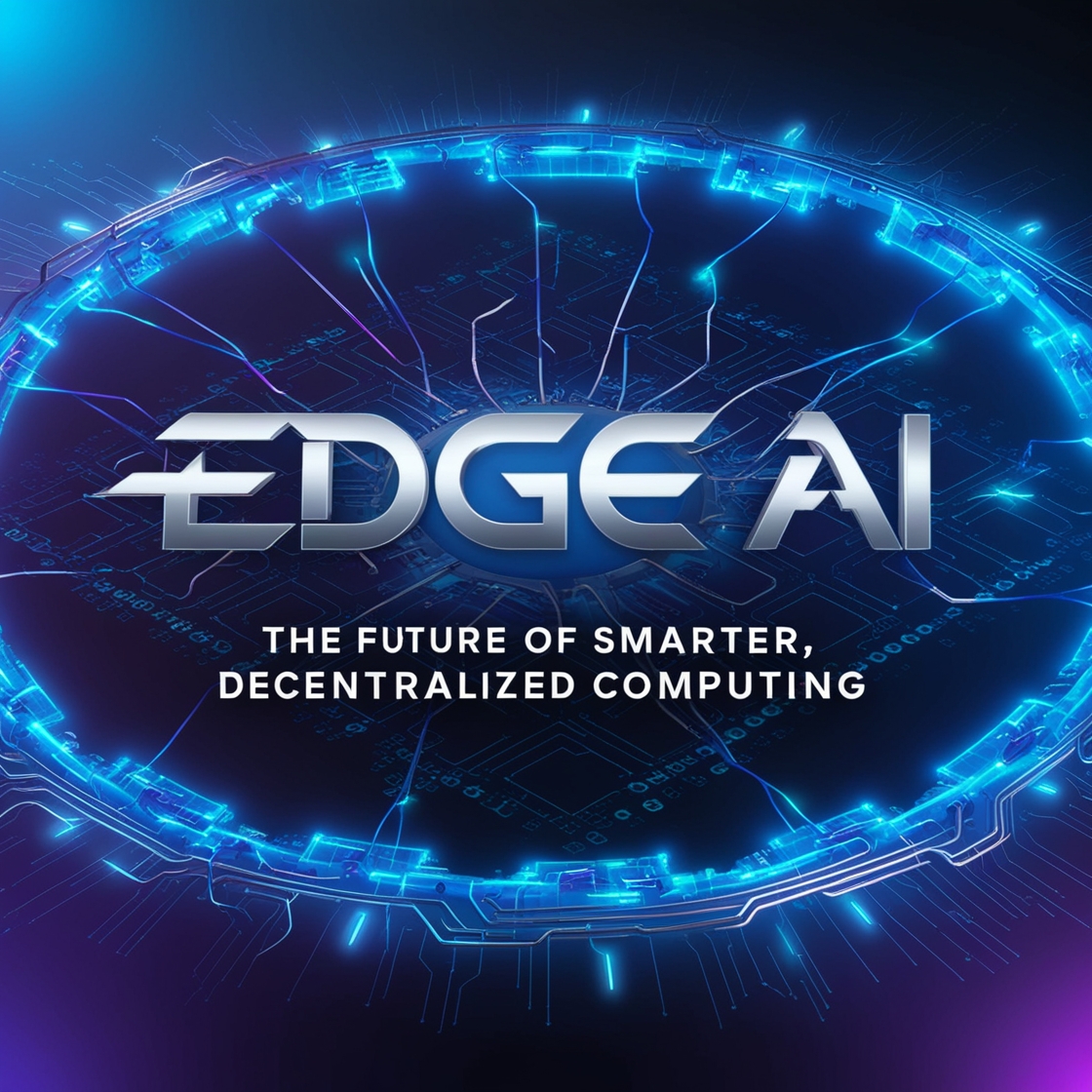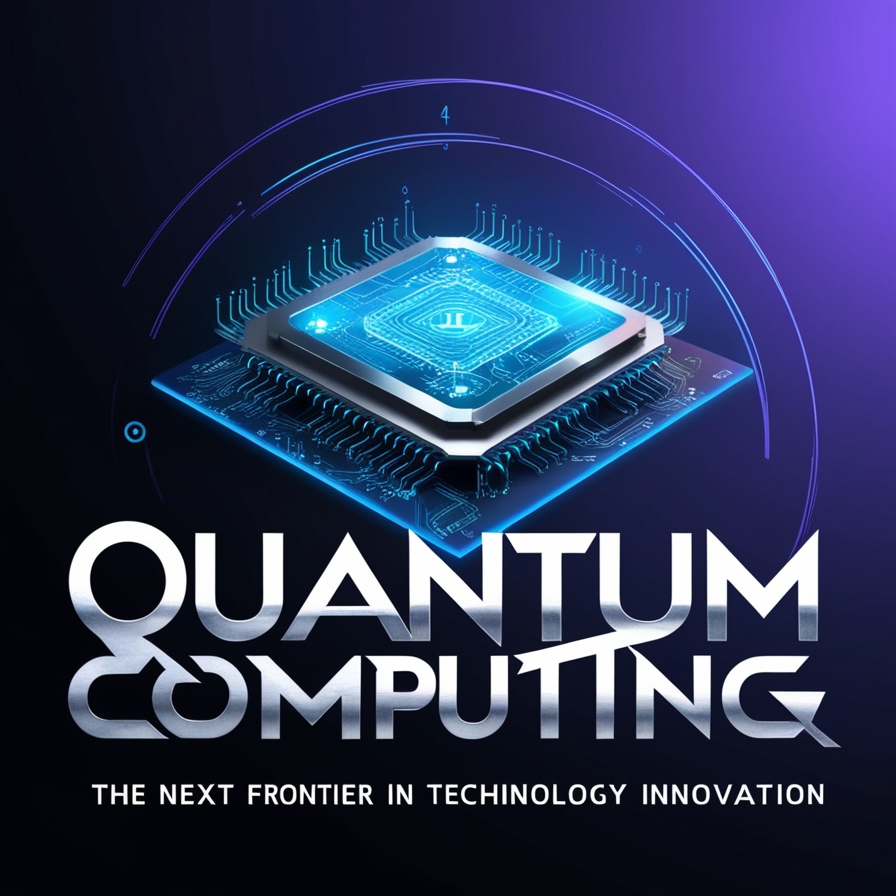Technology is evolving rapidly, and one of the most intriguing advancements is Edge AI—the integration of artificial intelligence directly into edge devices like smartphones, IoT gadgets, and drones. While cloud computing dominates today’s AI landscape, Edge AI is set to revolutionize industries by bringing faster, more secure, and energy-efficient computing closer to the user.
What is Edge AI?
Edge AI refers to the deployment of AI algorithms locally on hardware devices, eliminating the need to send data back and forth to centralized servers or the cloud. This means decisions can be made in real-time on the device itself.
Why is Edge AI Trending?
- Low Latency: Since data processing happens locally, there’s almost zero delay, making it ideal for real-time applications like autonomous vehicles, augmented reality, and robotics.
- Data Privacy: By keeping sensitive data on the device, Edge AI minimizes the risks associated with data breaches or misuse.
- Energy Efficiency: Processing locally reduces the energy spent on data transmission to cloud servers, making it more sustainable.
- Growing Hardware Capabilities: Devices like the latest smartphones, smartwatches, and industrial equipment now come equipped with specialized AI chips, such as Apple’s Neural Engine or NVIDIA’s Jetson series.
Applications of Edge AI That Will Surprise You
- Smart Agriculture:
Drones with Edge AI can scan crops in real-time, identifying diseases or pest infestations and suggesting treatments instantly. - Healthcare Wearables:
Devices like smartwatches can monitor critical health metrics and alert users of irregularities without needing a cloud connection. - Retail Personalization:
Cameras embedded with Edge AI can analyze customer behavior in real-time, offering tailored product suggestions or adjusting store layouts dynamically. - Autonomous Drones:
Edge AI enables drones to navigate and perform tasks like package delivery without a central command, ensuring faster response times. - Industrial Automation:
Sensors equipped with AI can predict machine failures, reducing downtime in manufacturing units.
Challenges of Edge AI
- Limited Computing Power: Although hardware is advancing, edge devices still have constraints compared to cloud servers.
- Software Development Complexity: Building AI models for edge devices requires specialized knowledge in optimizing algorithms for low-power environments.
- Interoperability: Ensuring different edge devices and ecosystems work seamlessly together can be challenging.
How Edge AI Will Shape the Future
Edge AI is not just a trend; it’s a paradigm shift. As industries embrace it, we can expect smarter cities, safer transportation, and even more personalized consumer experiences. Businesses investing early in Edge AI will likely gain a significant competitive advantage.
Conclusion
Edge AI represents a massive leap in how we process and utilize data. By decentralizing intelligence, it paves the way for faster, safer, and more efficient technologies. Whether you’re a tech enthusiast, a business owner, or a developer, keeping an eye on Edge AI’s developments could be your ticket to staying ahead of the curve.


